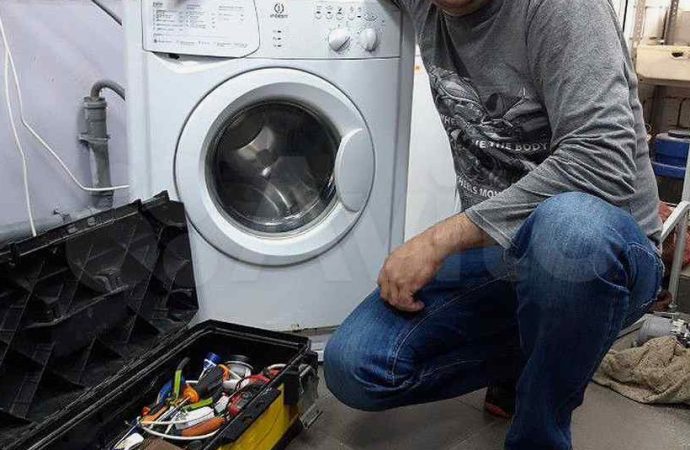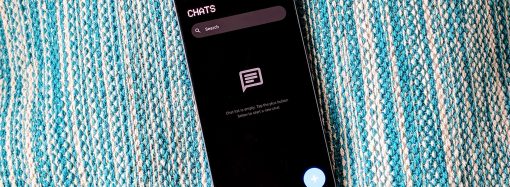Introduction In today’s fast-paced world, managing household responsibilities can become overwhelming, and laundry is often one of the first tasks people look to outsource. Whether you’re juggling a busy job, a family, or simply want to spend your time more efficiently, scheduling home clothes cleaning may be an appealing option. But before you hand over
Introduction
In today’s fast-paced world, managing household responsibilities can become overwhelming, and laundry is often one of the first tasks people look to outsource. Whether you’re juggling a busy job, a family, or simply want to spend your time more efficiently, scheduling home clothes cleaning may be an appealing option. But before you hand over your clothes to a cleaning service, it’s important to understand what the process entails and what details can make a big difference in your experience.
From understanding service types and fabric care to evaluating pricing and environmental impact, being informed helps you make smart decisions. For instance, in cities like Austin, using a professional laundry delivery service austin can offer both convenience and high-quality results — but only if you know what to look for and what to ask. This guide will walk you through everything you need to consider before scheduling your first (or next) home clothes cleaning appointment.
Key Points
- Understand the different types of laundry and dry cleaning services available.
- Know which fabrics require special handling or care.
- Evaluate pricing structures and compare service quality.
- Be aware of environmental and allergen considerations.
- Learn how to communicate your preferences and track your garments.
- Understand policies around damage, loss, and satisfaction guarantees.
Types of Home Clothes Cleaning Services
1. Traditional Laundry Services
These services typically include washing, drying, and folding your everyday clothing. Some providers offer add-ons like ironing, stain treatment, or hand washing for delicate items. This type of service is ideal for casual garments and linens.
2. Dry Cleaning
Dry cleaning uses chemical solvents instead of water to clean garments. It is preferred for fabrics like silk, wool, or items with intricate detailing that could be damaged in a regular wash. Be sure to read labels carefully and inform the service of any special care instructions.
3. Wash and Fold Services
Often more affordable, these services involve basic laundering without ironing. Clothes are washed, dried, and folded for your convenience. They’re great for everyday wear but may not be suitable for delicate or designer items.
4. Pickup and Delivery Options
Some companies, especially in urban areas like Austin, provide pickup and delivery options, making it easier to fit laundry services into your schedule. Utilizing a laundry delivery service austin means you can manage your laundry needs without even stepping outside your home.
Fabric-Specific Considerations
1. Understand Care Labels
Before sending your clothes to be cleaned, it’s essential to read and understand their care labels. These labels provide recommendations on temperature settings, cleaning methods, and whether dry cleaning is required. A reputable service will follow these labels, but it’s wise to double-check when handing items over.
2. Delicate and Specialty Fabrics
Items made from silk, velvet, lace, or beaded materials often need special treatment. If you have garments with sentimental or high monetary value, communicate this clearly to the service provider. Some companies offer a separate process for handling such items.
3. Color Sorting and Shrinkage Prevention
Ask if your service separates clothing by color and fabric type. This can help prevent fading and damage from mixed loads. Check whether they use cold water, which is gentler on fabrics and helps prevent shrinkage.
Pricing and Billing Transparency
1. Flat Rate vs. Per Pound
Some services charge a flat rate per bag, while others charge by the pound or by the item. Understanding how you’re billed helps you budget and compare services fairly. Always ask for a detailed price list upfront.
2. Hidden Fees
Watch out for extra fees for services like stain removal, ironing, or expedited delivery. Make sure these are clearly listed in the service agreement or on the company’s website.
3. Subscription Plans
Some providers offer weekly or monthly subscription models that can save money if you use the service regularly. However, make sure the plan meets your actual laundry needs before committing.
Environmental and Health Considerations
1. Eco-Friendly Cleaning Solutions
If sustainability is important to you, look for services that use biodegradable detergents and energy-efficient machines. Ask whether the company recycles hangers and packaging materials.
2. Fragrance-Free and Hypoallergenic Options
Many people are sensitive to scents or have allergies. Check if the provider offers fragrance-free detergent and allergen-conscious cleaning practices. It’s also helpful to notify them of any specific allergies or sensitivities in advance.
Quality Assurance and Customer Service
1. Satisfaction Guarantees
Look for services that stand behind their work. A satisfaction guarantee ensures that if something goes wrong, the company will rectify the situation or offer compensation.
2. Damage and Loss Policies
Reputable cleaners carry insurance or offer reimbursement for lost or damaged items. Always read the fine print to understand what protections you’re afforded. Take photos of high-value items before handing them over.
3. Customer Support and Communication
Good customer service can make all the difference. Choose a provider with responsive communication, whether via phone, email, or app. This is especially important if you need to make last-minute changes or have special requests.
Convenience and Technology
1. Mobile Apps and Online Booking
Many modern services offer apps or websites that allow you to schedule pickups and deliveries, track progress, and communicate with the service team. This can streamline the process and save time.
2. Notifications and Tracking
Real-time notifications and tracking let you know when your clothes are being cleaned, picked up, or delivered. This transparency increases trust and helps you plan your day better.
Communicating Your Preferences
1. Special Instructions
If you have preferences for how items are folded, hung, or treated, be sure to communicate this clearly. Most services provide a space for notes during booking, or you can speak directly with your driver or cleaner.
2. Labeling Garments
For households with multiple family members, labeling clothes can prevent mix-ups. Some services even offer garment tagging or individual bag sorting upon request.
3. Feedback Loops
Providing feedback after a service helps businesses improve and ensures your expectations are met in future appointments. Take advantage of surveys or review options provided by the company.
Making the Final Decision
1. Compare Reviews and Ratings
Online reviews on platforms like Yelp, Google, and the Better Business Bureau can provide insights into other customers’ experiences. Look for trends in feedback regarding reliability, cleanliness, and professionalism.
2. Trial Runs
If you’re unsure about committing long-term, try a one-time cleaning with a new provider. This gives you an opportunity to assess quality and service without long-term obligations.
3. Referrals and Recommendations
Ask friends, family, or coworkers about their experiences with local services. Word-of-mouth recommendations often reveal hidden gems or cautionary tales.
Frequently Asked Questions (FAQ)
Q1. How do I know if a garment needs dry cleaning?
Check the care label on your garment. If it says “Dry Clean Only” or has symbols indicating dry cleaning, it’s best to follow those instructions to avoid damage.
Q2. Can I request my clothes be washed with fragrance-free detergent?
Yes, many services offer fragrance-free or hypoallergenic detergent options. Be sure to request this during scheduling or include it in your special instructions.
Q3. What happens if my clothes are damaged or lost?
Reputable companies have policies to reimburse or replace damaged or lost items. Always ask about their damage and loss policy before using the service.
Q4. How often should I use a home laundry service?
This depends on your lifestyle and laundry volume. Many people use weekly or bi-weekly services, while others schedule as needed. Subscription plans may offer better value for regular users.
Q5. Is there a difference between wash-and-fold and dry cleaning?
Yes. Wash-and-fold uses water and is best for everyday clothes. Dry cleaning uses solvents and is suited for delicate or structured garments that might shrink or get damaged in water.
















